If you’re planning to install sound insulation in a building, you will need to be familiar with Part E of the Building Regulations.
In this guide, we’ll explain what Approved Document E entails and break down the information to ensure you can understand what you need to follow before soundproofing.
You will also learn what a Pre-Completion Test is and why it must be carried out before finalising your construction project.
Read on to find out more.
Table of contents
- Building Regulations Part E explained
- How to meet Part E Building Regulations
- Understanding the Building Regulations Part E download
- Section E1: Protection against sound from other parts of the building and adjoining buildings
- Section E2: Protection against sound within a dwelling-house
- Section E3: Reverberation in the common internal parts of buildings containing flats or rooms for residential purposes
- Section E4: Acoustic conditions in schools
- Approved Document E changes through the years
- Sound insulation testing explained
- Types of sound insulation testing
- So, what should you do now?
Building Regulations Part E explained
Building Regs Part E, also known as Approved Document E, covers ‘Resistance against the passage of sound’. In the document, you will find the following:
- Soundproofing building regulations
- Soundproofing guidance
- Acoustic performance information
There is also information about how to stop unwanted sound from travelling through parts of a building, between buildings, rooms and areas for communal use.
Where do Part E Building Regulations apply?
Part E Building Regulations apply to all new builds. They also apply to properties converted into flats, extensions and alterations. The following is a list of applicable building types:
- Homes, flats or apartments
- Hostels and hotels
- Halls of residence (inc. other dwellings)
- Schools
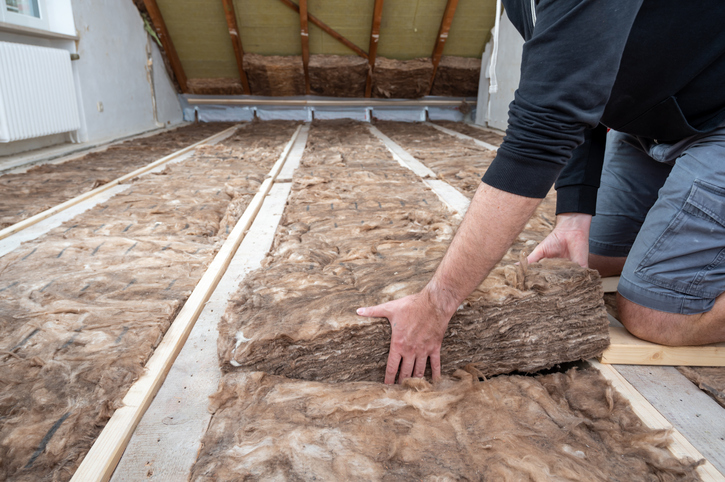
How to meet Part E Building Regulations
Simply put, the materials you use must offer sound insulation for unwanted sound protection from:
- Buildings near the property
- Private homes
- Areas shared by all members of a community (communal areas)
Particular rooms will also require sound resistance. This is especially important between bathrooms and bedrooms.
Do I need to have my soundproofing reviewed?
Yes, you’re required to conduct a sound test. The testing must occur on walls and floors in dwellings.
According to the regulations, soundproofing in new builds requires a minimum level of 45 decibels for airborne sound resistance for floors and dividing walls.
If the property is a renovation or conversion, the minimum airborne sound resistance level for sound insulation testing is 45 decibels.
Make sure to review the tables via Approved Document E to ensure you know the latest standards.
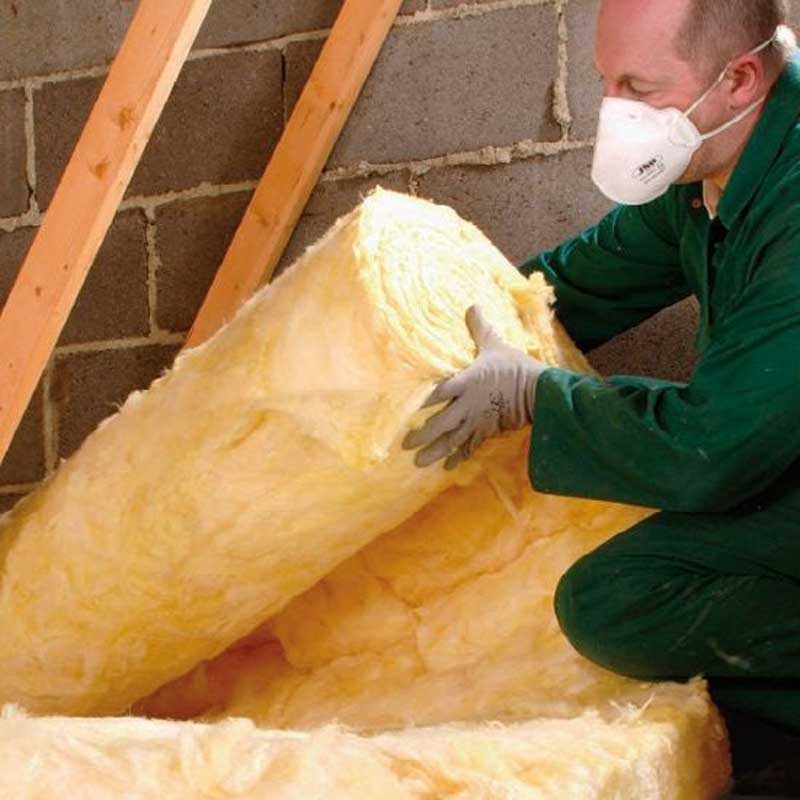
Understanding the Building Regulations Part E download document
Once you have access to the Approved Document E, you will find relevant sections of information from the four given to you. Each covers different regulations for specific areas.
Section E1: Protection against sound from other parts of the building and adjoining buildings
Building Regulation E1 discusses how to stop noise (unwanted sound) from:
- Travelling through different areas of a building; or
- From one building to another
Part E also explains ways you can insulate against noise using:
- Workmanship (e.g. separating walls and floors);
- Materials to use; and
- Pre-completion sound testing
You must ensure soundproofing and insulation testing is completed before finishing your project.
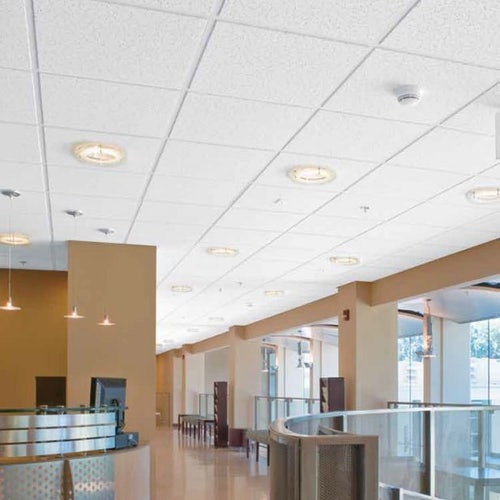
Section E2: Protection against sound within a dwelling-house
Building Regulation E2 discusses sound protection in private homes.
For this section, the design and building of internal walls must offer sound resistance. This is especially important between floors and bathroom walls.
With that said requirements from E2 do not apply to the following when:
- An internal wall contains a door;
- An internal wall separates an en-suite toilet from the associated bedroom;
- Existing walls and floors in a building are subject to a material change of use
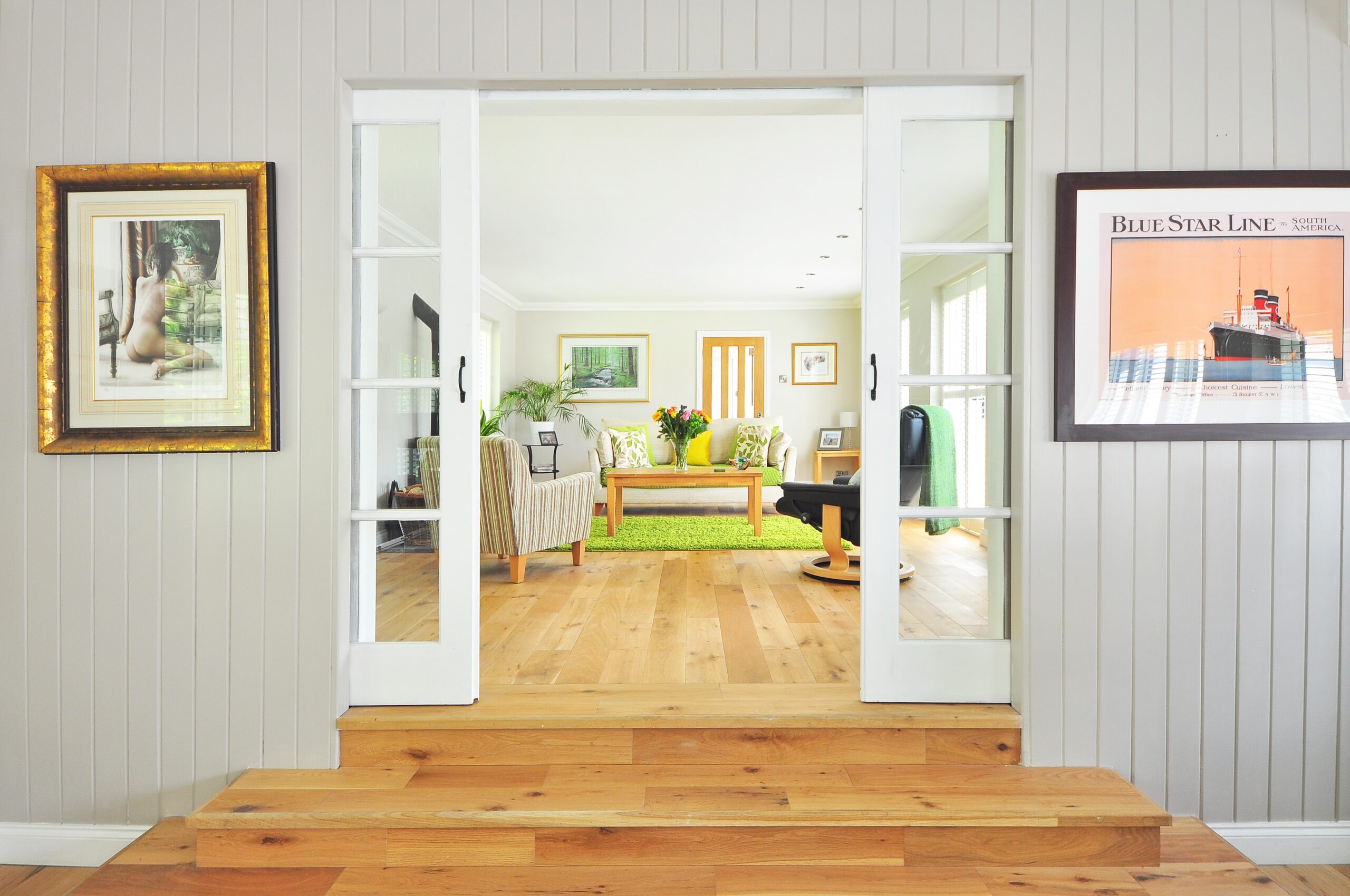
Section E3: Reverberation in the common internal parts of buildings containing flats or rooms for residential purposes
Building Regulation E3 discusses soundproofing and noise reduction in communal areas. It tells what materials and construction methods you must use to reduce sound reverberation in the following areas:
- Stairs
- Corridors
- Hallways
- Entrances in flats
- Communal living buildings
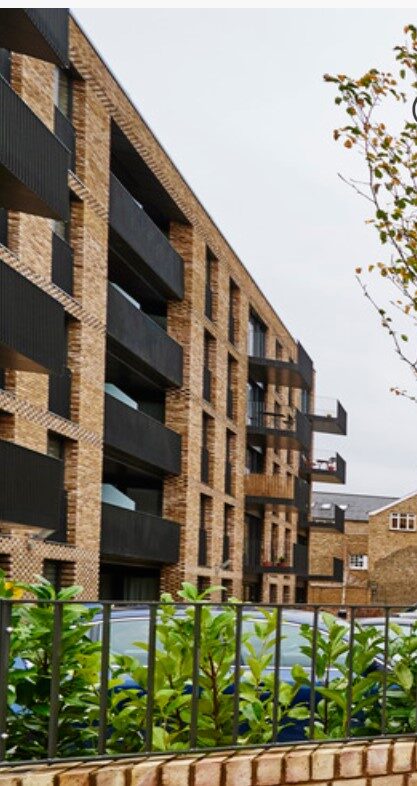
Section E4: Acoustic conditions in schools
Building Regulation E4 discusses noise insulation regulations for schools. The guidance explains the design and build of each room must insulate against unwanted sound from other areas.
This section also instructs on materials and workmanship needed to meet the following in all education buildings:
- Acoustic building regulations;
- Soundproofing;
- Reverberation; and
- Airborne noise limits
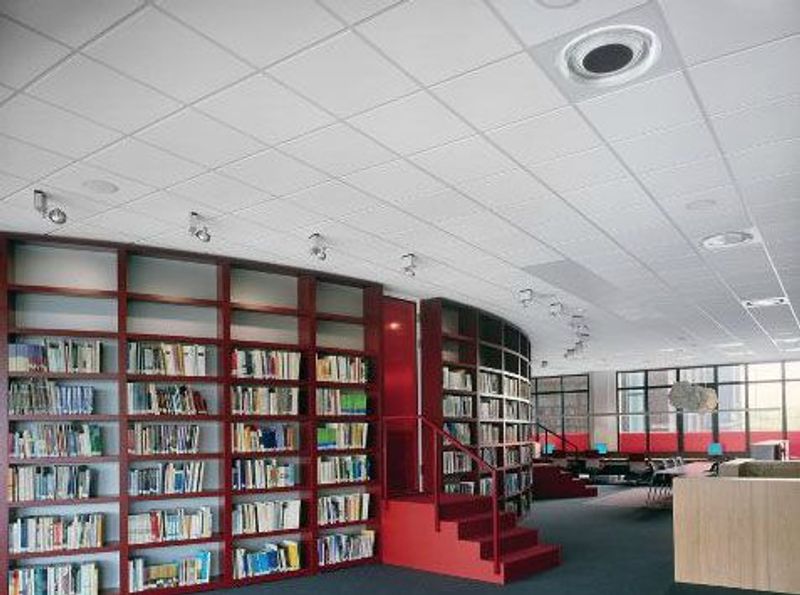
Approved Document E changes through the years
Part E of the building regulations ‘came into force on 1 July 2003’. Over the years it has been subject to changes, with the main changes occurring in 2010, 2013 and 2015.
Main changes to Building Regulations Part E in 2010
Although no changes were made to Part E of Schedule 1 to the Building Regulations in 2010, changes were made to ‘reflect the Building Regulations 2010 and Building (Approved Inspectors etc) Regulations 2010’.
Main changes to Building Regulations Part E in 2013
This second change brought in new standards for soundproofing regulations regarding materials and workmanship that came into effect in 2013.
Main changes to Building Regulations Part E in 2015
These are the latest changes which brought in new standards for soundproofing regulations in schools and came into effect on 6 April 2015. These changes only apply to England.
Need new ceiling tiles for an office or classroom? Find out what the best ceiling tiles are for soundproofing.
Sound insulation testing explained
If your building is a new build project or a new building conversion, you must have it tested for sound insulation before completing the project. This test, known as a Pre-Completion Test (PCT), must be performed before you put any soft furnishings (such as flooring). The test will examine the sound insulation in the walls and floors, ensuring they meet Part E of the Building Regulations.
When looking for a tester to perform these checks, make sure they are qualified to do so. The tester should also have approved third-party accreditation.
The Association of Noise Consultants (ANC) is one such organisation you can use to find a suitable tester for your project.
There is also the robustdetails® scheme. It serves as an alternative to the PCT but is only for new houses and flats.
Types of sound insulation testing
So, how exactly is sound insulation being tested on the walls and floors? Well, two measurements are taken when performing a sound insulation test. These are known as airborne testing and impact testing. Here is a breakdown of each one.
Airborne testing
Airborne tests are performed on separating walls and floors. They are used to test the airborne acoustic insulation of party elements.
How is it tested? Testers will put a loudspeaker in the source room. This speaker will produce a very high sound level (e.g., 100 decibels). The tester will then compare the level difference in a ‘receiving’ room (I.e., the room where you would likely be disturbed). This room can be above, below or next to the room with the speaker.
Impact testing
Impact tests are performed on floors.
How is it tested? Testers will use a tapping machine, placing it on the floor of the room above. Then, using a receiver, they will measure the sound pressure level in the room below. Sometimes they will test in multiple areas of the room and take multiple measurements.
Test results
Both test results are usually single-number results comparable to a performance standard. Regardless, they must be satisfactory, exceeding or meeting values set by Part E of the Building Regulations.
So, what should you do now?
Whether you’re familiar with Approved Document E or not, it’s always worth checking the latest documentation.
If you’re a DIY homeowner, it can help you understand the importance of sound insulation and what to look out for.
If you’re a tradesperson, it will help you stay on top of the regulations and ensure your clients trust your service.
So, keep this information in mind and you can have high-quality soundproofing.
Need more advice about sound insulation? Check out our range of help and advice. Whether you need to learn more about what sound insulation is or the types of products you can use for soundproofing, we’ve got plenty of supporting guides for you to view.
You can also find out how to soundproof sliding double doors to further support your property with acoustic insulation.

































